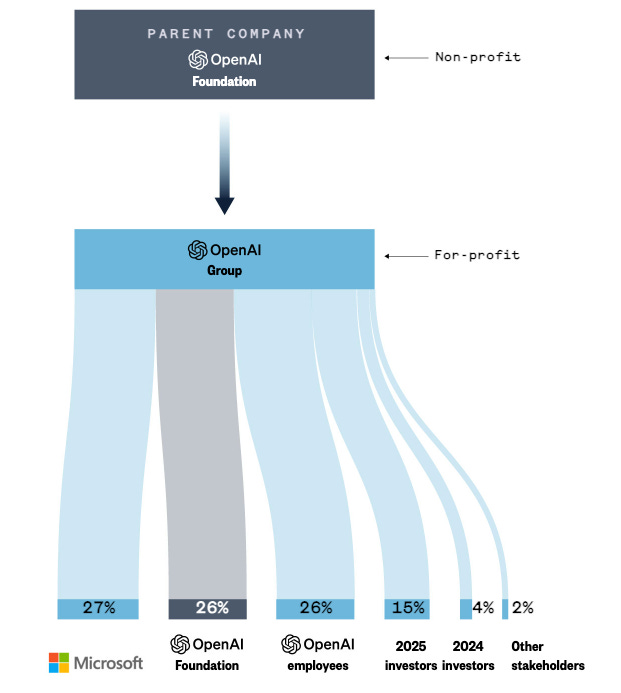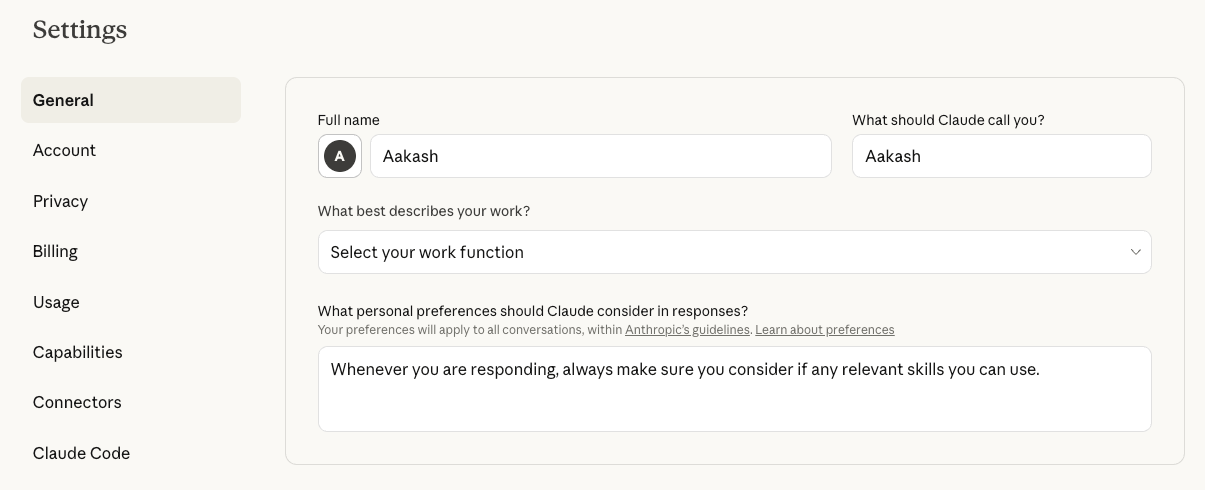Claude Skills Tutorial: AI Update #1
In today's AI update, I go deep on Claude Skill plus cover the AI news you missed in the last week.
When I talk to readers of this newsletter, the consistent pain point I hear is:
I don’t have time to keep up with all the AI news. I need something that cuts through the news and delivers me what matters, and no more.
So, I’m creating an additional section in this newsletter. Welcome to: the AI Update.
I’m doing 2 things with this:
Keeping you up to date on all the latest AI news that actually matters
Giving you 1 super practical AI tutorial to help
This is going to be broadly applicable to anyone - whether you’re a PM or not.
Now then - let’s get into today’s issue!
(P.S. I’m coaching a group of 30 PMs to their dream job. Join me. Starts Monday.)
AI Update #1: Claude Skills Explained
Have you ever noticed that the more information you feed into Claude or other AI, the less it seems to remember? This issue is known as “context rot” - as you add more, the system loses track of earlier details.
Anthropic just provided one way to reduce context rot with Claude Skills, which pull in the precise context you need, exactly when you need it. As you know, Anthropic previously changed the game once with MCP. Skills is shaping up to be almost as important.
With Claude Skills, you can:
Build slides and documents that match your brand guidelines
Transform your Twitter posts into newsletter drafts
Create repeatable, on-brand outputs every time
Before I show you how, here’s a short briefing on what mattered most in AI this week:
1/ Cursor 2.0 brings its own coding model
Cursor, the leading AI editor for devs, just launched version 2.0 and introduced Composer, its first in-house coding model that has some great benchmarks:
Cursor also redesigned the workflow: you can now run multiple AI agents side-by-side, each with its own workspace. That means fewer conflicts and smoother collaboration between agents. The update also adds sandboxed terminals, better code review, and browser integration for testing.
Why it matters: Cursor is staying relevant as one of the most powerful AI tools everyone should know.
2/ OpenAI restructured, preparing for its $60B IPO
After a year of negotiations with Microsoft and state regulators, OpenAI has officially restructured. The nonprofit has split into two:
OpenAI Foundation → governance, ethics, oversight
OpenAI Group (PBC) → operations, product, profit
The Foundation now holds a $130B controlling stake, but Microsoft remains the largest outside owner with 27% ($135B) and AGI-related IP rights through 2032. Employees, alumni, and recent investors make up most of the rest. Sam Altman himself holds 0% (what a legend).
OpenAI sealed the deal to prepare for its IPO, where it plans to raise $60B in cash at a $1T valuation to fund its $115B in projected spending by 2029 and $1.4T in data-center investments.
Why it matters: OpenAI and the AI companies are growing while other companies do mass layoffs. It reflects a shift in capital allocation to AI capex from workers.
3/ Microsoft 365 Copilot Can Now Build Apps
Microsoft added an App Builder to its Frontier plan. You describe what you want to build - a dashboard, calculator, or task tracker and Copilot builds it inside the Microsoft 365 ecosystem.
It pulls data directly from Excel, Word, PowerPoint, or SharePoint. When you’re done, you tweak it conversationally and share it with a link, like a doc.
Why it matters: Most employees even at traditional companies do have access to Microsoft suite. If you didn’t have access to AI prototyping tools and were despairing before, now you have something to use!
Alright, now let’s jump into today’s deep dive tutorial on Claude Skills - a feature worth understanding for anyone who works with brand guidelines, reusable instructions, or needs reliable and consistent results.
What are Claude Skills? They are like reusable instruction manual that teach Claude how you want task to be done, what tools to use, what standard to follow so it execute automatically anytime, anywhere when you need it.
Why does this matter: Let’s say you often write status updates, generate reports, or run marketing campaigns. Doing this the old way means repeating yourself, which is inefficient and can lead to mistakes. With Claude Skills, you just create a “manual” one time and reuse it whenever you need.
How do you turn Skills on?
You can use it on the website or with Claude Code. For the website UX:
Open Settings, then go to Capabilities.
Click Skills.
Enable code execution and file creation.
Upload your first skill
How do you create your first skill?
The easiest way is Claude Code:
Head to Cursor
Type in Claude in terminal
Prompt it: “Create a claude skill that…”
You will then get a markdown file that has your first skill
Here’s a starter skill I created for you:
Pro tip:
Don’t enable too many skills at once as this can confuse the AI. Also, if a skill doesn’t auto-trigger, consider adding custom instructions to help Claude pick the right one.
Build another now:
Here’s several examples for your inspiration: UTM link generator, Slack GIF generator, A/B test generator for website optimization, Sales process diagnostic, Marketing analytics insights from campaign data.
Here’s everything else that happened in AI.
Resources
Create on-brand assets with Google’s new tool.
13 marketing agents for growth teams.
Automate tasks with ChatGPT.
Research Papers
Tests AI on real-world professional tasks using expert-graded checklists.
It builds a huge set of real photos with simple edit instructions to train and test AI image editors.
It builds a safety tool that watches AI replies in real time and flags risky content.
Fundraising
Cartesia raised $100M to build its state-of-the-art real-time voice model.
Mem0, an universal memory layer” for AI apps raises $24M.
That’s all for our first AI Update. Reply with your thoughts, and see you next week,
Aakash









Very insightful and relevant article. Thank you.👍🏻
Insightful and helpful. Especially the one on Claude Skills